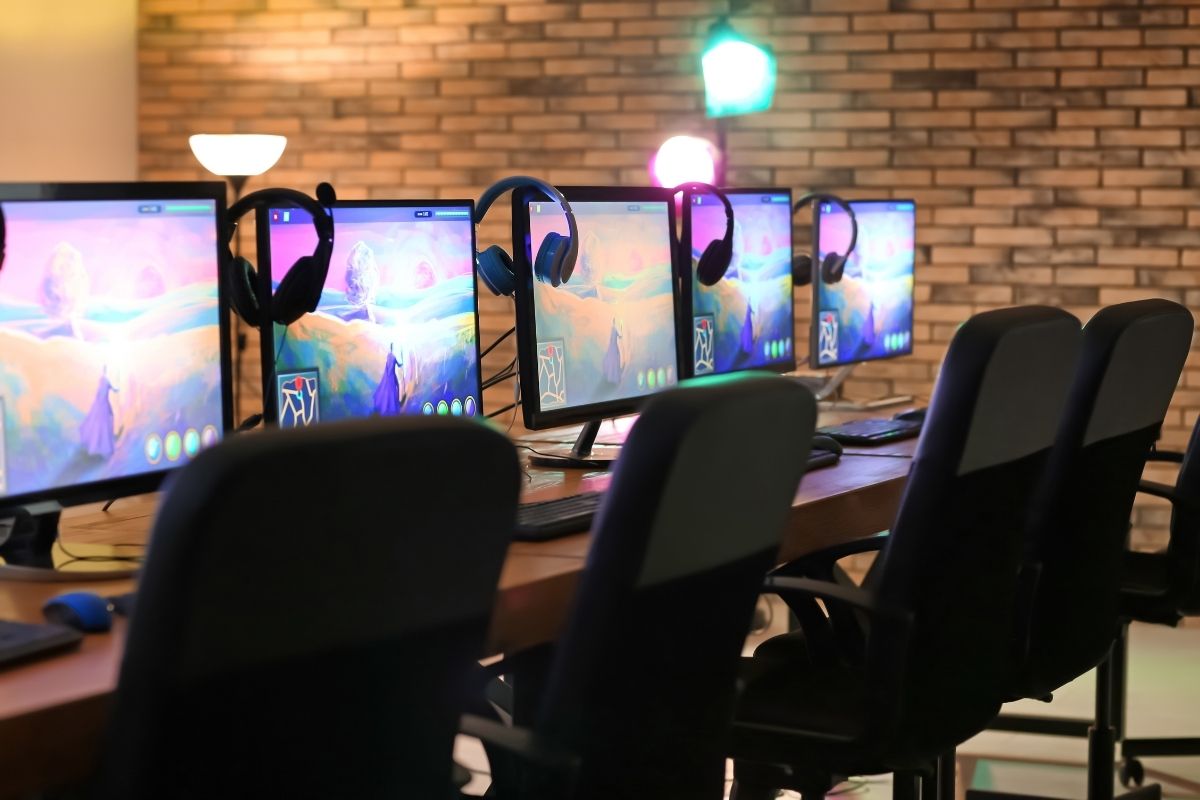How Strong Leaders Can Shape a Healthy Culture
Sports are capable of cultivating values, but just because they can do so doesn’t mean that they’re automatically going to. To happen, it requires the right kinds of support systems and the right kind of structure. And in a way, it all comes down to the coaches, who are some of the biggest influences in young people’s lives. They shouldn’t just be there to win games, because if that becomes the focus, then it’s no longer about leadership, honesty, integrity, and cooperation. Instead, it’s just about winning, and that leads to negative values, such as being willing to cheat or prioritizing winning at all costs, no matter what it takes to do so.
For example, how does a coach handle a situation or expect an athlete to operate, when there are competing values at stake? For instance, a team is down a couple of points near the end of a basketball game. A point guard goes on a fast break and plows into another player, and that player hits the ground painfully and starts writhing around in agony. And keep in mind, this might be a high-pressure game near the end of the season, where one more shot could be the difference between making it to the finals or not.
In that situation, what is the athlete going to do? Are you going to go for the shot? Are you going to stop, and make sure that your opponent is okay? What exactly is expected of you? Now, there isn’t necessarily a right or wrong answer there. However, the way that coaches approach that kind of situation with their athletes can be the difference between a kid who comes out of that game with a certain amount of integrity and respect for the people with whom they’re playing, and a kid who has just become obsessed with winning.
So, even at the youth level, the stakes in sports can be pretty high, and this can lead to amazing outcomes. It can lead to kids coming out of it not just being heroes from the game but also being really successful human beings in life. However, we also see a fair bit of corruption, and irresponsibility, and pain coming out of sports. And those are the cases in which the support systems aren’t set up the right way.
Sports can be an opportunity to develop camaraderie and relationships that last a lifetime, but they can also be a significant location for trauma and long-term abuse, and the line there may not be as clear as you think it is.
It’s pretty standard for organized sports teams to have hazing or some sort of induction ceremonies or events. For these, it’s one thing to have team-building exercises, but it’s another thing to degrade your rookies for no reason other than the fact that they’re new to the team and need to prove themselves.
So, to navigate that line between effective team-building exercises and the things that embarrass, degrade, and abuse people, it has to be overseen and navigated by strong leaders. Those leaders are the team captains and the coaches who decide and demonstrate that you can build a team and camaraderie in ways that don’t negatively influence the mental and physical health of the athletes and the team. Because at worst, some of these negative examples can lead to long-term injury, or even death of athletes who are forced to do horrible things, like hold their breath underwater, or sleep outside without clothes.
Fortunately, these types of immoral and unhealthy practices can be avoided, as long as you have strong leaders.
If you’d like to learn about sports management concepts and global sports topics, you should give online sports management education a try, which is by far the most affordable and convenient way to start your sports management education.


